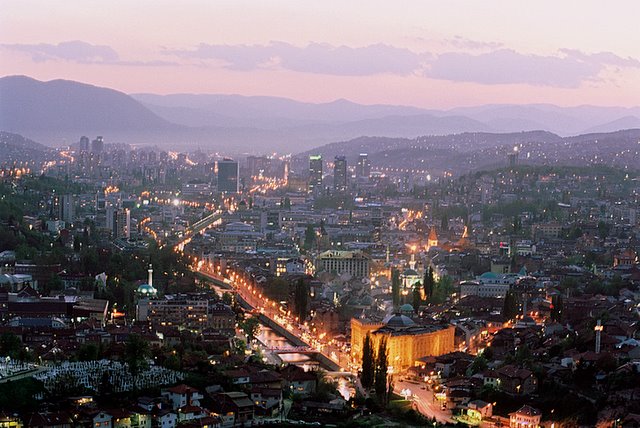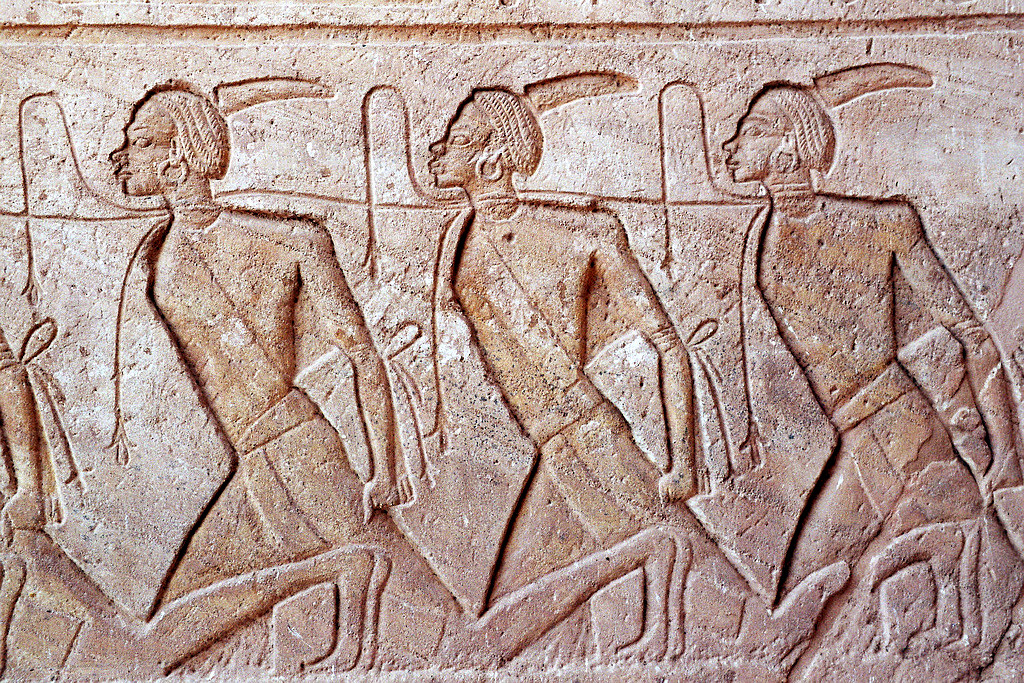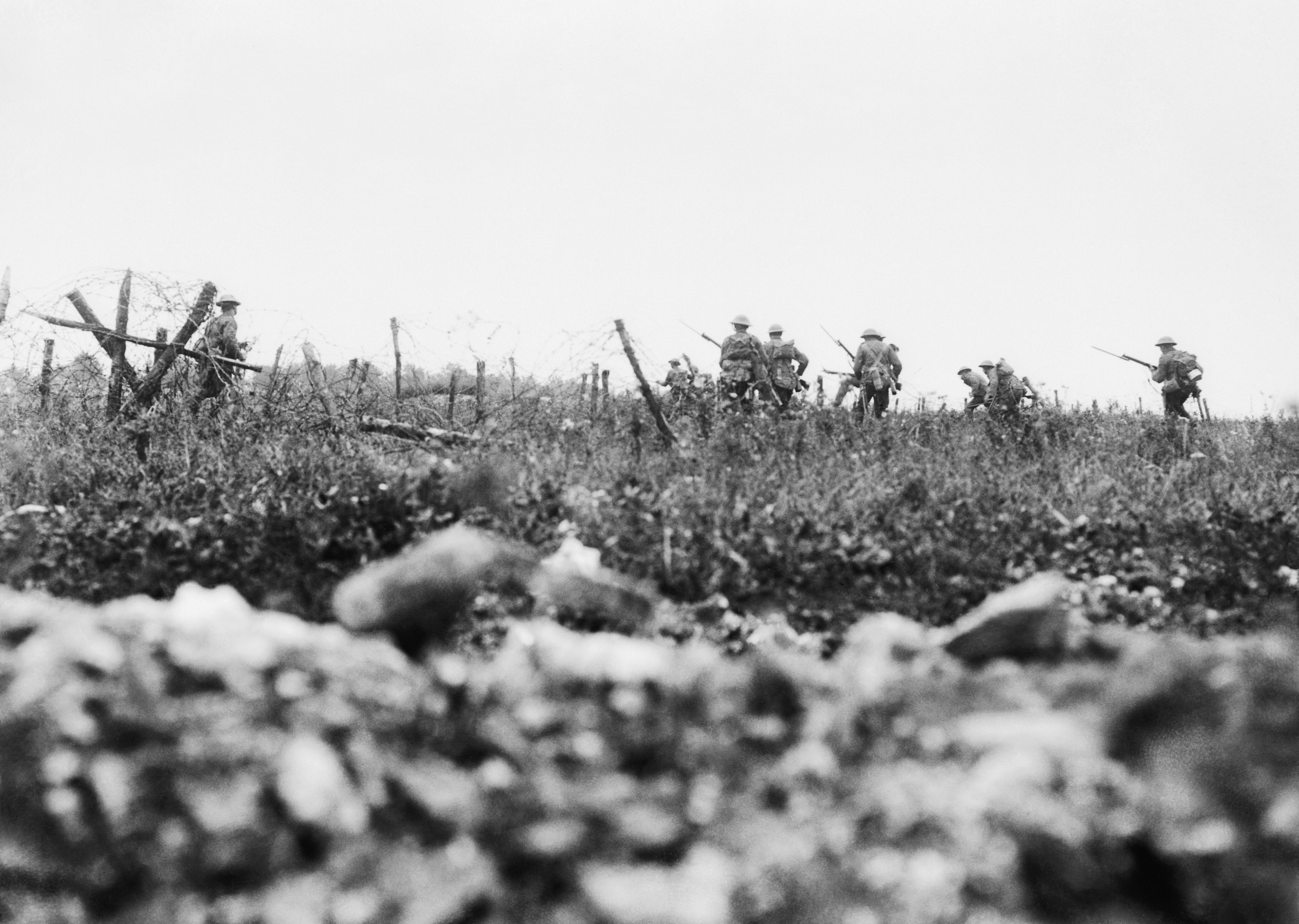|
Johann Fortner
Johann Fortner (25 November 1884 – 26 February 1947) was a German ''Generalleutnant'' during World War II who commanded the 718th Infantry Division from its formation in May 1941 until he was relieved in March 1943. During his command the division engaged in anti-Partisan operations throughout occupied Yugoslavia, mainly within the Independent State of Croatia. The Nazi security warfare conducted by the division whilst under his command involved brutal and widespread massacres and burning of villages. He was retired from active duty in 1944. After the war, Fortner was extradited to Yugoslavia, convicted in a war crimes trial and executed. Early life Fortner was born in Zweibrücken in the Kingdom of Bavaria in 1884. In 1903, Fortner joined the 5th Bavarian Regiment of the Royal Bavarian Army as a ''Fahnenjunker'' (officer cadet). During World War I Fortner served on the Western Front with the 5th Bavarian Infantry Regiment (as part of the 4th Bavarian Infantry Division. He star ... [...More Info...] [...Related Items...] OR: [Wikipedia] [Google] [Baidu] |
General (Germany)
''General'' () is the highest rank of the German Army and German Air Force. As a four-star rank it is the equivalent to the rank of admiral in the German Navy. The rank is rated OF-9 in NATO. It is grade B8 in the pay rules of the Federal Ministry of Defence. Rank insignia On the shoulder straps (Heer, Luftwaffe) there are four golden pips (stars) in golden oak leaves. ;''Bundeswehr'' sequence of ranks: Early history By the 16th century, with the rise of standing armies, the German states had begun to appoint generals from the nobility to lead armies in battle. A standard rank system was developed during the Thirty Years War, with the highest rank of ''General'' usually reserved for the ruling sovereign (e.g. the Kaiser or Elector) and the actual field commander holding the rank of ''Generalleutnant''. ''Feldmarschall'' was a lower rank at that time, as was ''Generalwachtmeister''. By the 17th and 18th centuries, the rank of general was present in all the militaries of t ... [...More Info...] [...Related Items...] OR: [Wikipedia] [Google] [Baidu] |
Fahnenjunker
''Fahnenjunker'' (short Fhj or FJ, en, officer cadet; ) is a military rank of the Bundeswehr and of some former German armed forces. In earlier German armed forces it was also the collective name for many officer aspirant ranks. It was established by the ''Presidential order of the Federal president on rank insignia and uniforms of soldiers''.The Federal president (publisher): Order of the Federal president (de: Bundespräsident) on rank insignia and uniform of soldiers (short title: BPräsUnifAnO), issued July 14, 1978. Rank ''Fahnenjunker'' is the entrance rank to an officer aspirant career. According to the salary class, it is equivalent to the Unteroffizier ohne Portepee ranks Unteroffizier of the army or air force, and Maat of the Deutsche Marine. It is also grouped as OR-5 in NATO, equivalent to Sergeant, Staff Sergeant in the US Armed forces. In the army context, NCOs of this rank were formally addressed as ''Herr/ Frau Fahnenjunker'' also informally / short ''Fahnenju ... [...More Info...] [...Related Items...] OR: [Wikipedia] [Google] [Baidu] |
Sarajevo
Sarajevo ( ; cyrl, Сарајево, ; ''see names in other languages'') is the capital and largest city of Bosnia and Herzegovina, with a population of 275,524 in its administrative limits. The Sarajevo metropolitan area including Sarajevo Canton, East Sarajevo and nearby municipalities is home to 555,210 inhabitants. Located within the greater Sarajevo valley of Bosnia, it is surrounded by the Dinaric Alps and situated along the Miljacka River in the heart of the Balkans, a region of Southern Europe. Sarajevo is the political, financial, social and cultural center of Bosnia and Herzegovina and a prominent center of culture in the Balkans. It exerts region-wide influence in entertainment, media, fashion and the arts. Due to its long history of religious and cultural diversity, Sarajevo is sometimes called the "Jerusalem of Europe" or "Jerusalem of the Balkans". It is one of a few major European cities to have a mosque, Catholic church, Eastern Orthodox church, and syn ... [...More Info...] [...Related Items...] OR: [Wikipedia] [Google] [Baidu] |
Landeck
Landeck () is a city in the Austrian state of Tyrol, the capital of the district of Landeck. Geography Landeck is located in the Tyrolean Oberland in the west of the state at an elevation of about . The town is situated in the valley of the Inn River at the confluence with the Sanna tributary, between the Lechtal Alps, part of the Northern Limestone Alps in the north, and the Ötztal Alps and Samnaun Alps ranges of the Central Eastern Alps in the south. The Inn valley is an important transport route from Tyrol to the west across the Arlberg massif. In the south, the Reschen Pass at the main chain of the Alps leads to the Vinschgau region in Italian South Tyrol. Climate History In ancient times, the '' Via Claudia Augusta'' ran across the Reschen Pass and through the Inn Valley Landeck, connecting the Roman ''Italia'' peninsula with the '' Raetia'' province conquered in 15 BC. Throughout the Middle Ages the valley remained an important junction of trade routes lea ... [...More Info...] [...Related Items...] OR: [Wikipedia] [Google] [Baidu] |
Kassel (district)
Kassel district ( German: Landkreis Kassel) is a district in the north of Hesse, Germany. Neighboring districts are Northeim, Göttingen, Werra-Meißner, Schwalm-Eder, Waldeck-Frankenberg, Höxter. The independent city of Kassel is nearly completely surrounded by the district. Geography The main river in the district is the Weser, which also forms part of the eastern boundary. Its headstream, the Fulda, flows through the southern part of the district including the city of Kassel. In the north of the district there is the Diemel as a tributary of the Weser. History The area was first populated by the ancient Germanic tribe of Chatti, who later founded the state of Hesse. The present county was disputed between various principalities (Hesse, Mainz, Paderborn, Cologne and Braunschweig) in the early Middle Ages; later it became part of Hesse and Hesse-Kassel. This state was annexed by Prussia in 1866 . The modern federal state of Hesse was founded after 1945. This state re ... [...More Info...] [...Related Items...] OR: [Wikipedia] [Google] [Baidu] |
Oberst
''Oberst'' () is a senior field officer rank in several German-speaking and Scandinavian countries, equivalent to colonel. It is currently used by both the ground and air forces of Austria, Germany, Switzerland, Denmark, and Norway. The Swedish rank ''överste'' is a direct translation, as are the Finnish rank ''eversti'' and the Icelandic rank ''ofursti''. History and origins is a German word. Spelled with a capital O, "" is a noun and defines the military rank of colonel or group captain. Spelled with a lower case o, or "", it is an adjective, meaning "top, topmost, uppermost, highest, chief, head, first, principal, or supreme". Both usages derive from the superlative of , "the upper" or "the uppermost". As a family name, ''Oberst'' is common in the southwest of Germany, in the area known as the Black Forest ('' Schwarzwald''). The name is also concentrated in the north-central cantons of Switzerland (Aargau & Zürich). Here the Swiss version of ''Oberst'' is spelled ... [...More Info...] [...Related Items...] OR: [Wikipedia] [Google] [Baidu] |
Bavarian State Police
The Bavarian State Police (german: Bayerische Staatliche Polizei) is the state police force of the German state of Bavaria under the umbrella of the Bavarian Ministry of the Interior. It has approximately 33,500 armed officers and roughly 8,500 other civilian employees. Organization The 10 regional police authorities in Bavaria are: *Munich ( Polizeipräsidium München) *Central Franconia: Nuremberg *Lower Franconia: Würzburg *Upper Franconia: Bayreuth *Upper Palatinate: Regensburg *Lower Bavaria: Straubing *Upper Bavaria-South: Rosenheim *Upper Bavaria-North: Ingolstadt * Swabia-North: Augsburg *Swabia-South: Kempten Bavaria reorganised hierarchy structures between 2005 and 2008 to reduce bureaucracy, changing from a four-tier hierarchy (Interior Ministry– Regional administration – Police Department – Police Station) to three levels (Interior Ministry, Regional Police Authority, Police Station). The seven ''Polizeipräsidien'' in Würzburg, Bayreuth, Regensburg, Nure ... [...More Info...] [...Related Items...] OR: [Wikipedia] [Google] [Baidu] |
Reichswehr
''Reichswehr'' () was the official name of the German armed forces during the Weimar Republic and the first years of the Third Reich. After Germany was defeated in World War I, the Imperial German Army () was dissolved in order to be reshaped into a peacetime army. From it a provisional Reichswehr was formed in March 1919. Under the terms of the Treaty of Versailles, the rebuilt German army was subject to severe limitations in size and armament. The official formation of the Reichswehr took place on 1 January 1921 after the limitations had been met. The German armed forces kept the name 'Reichswehr' until Adolf Hitler's 1935 proclamation of the "restoration of military sovereignty", at which point it became part of the new . Although ostensibly apolitical, the Reichswehr acted as a state within a state, and its leadership was an important political power factor in the Weimar Republic. The Reichswehr sometimes supported the democratic government, as it did in the Ebert-Gr ... [...More Info...] [...Related Items...] OR: [Wikipedia] [Google] [Baidu] |
Prisoner Of War
A prisoner of war (POW) is a person who is held captive by a belligerent power during or immediately after an armed conflict. The earliest recorded usage of the phrase "prisoner of war" dates back to 1610. Belligerents hold prisoners of war in custody for a range of legitimate and illegitimate reasons, such as isolating them from the enemy combatants still in the field (releasing and repatriating them in an orderly manner after hostilities), demonstrating military victory, punishing them, prosecuting them for war crimes, exploiting them for their labour, recruiting or even conscripting them as their own combatants, collecting military and political intelligence from them, or indoctrinating them in new political or religious beliefs. Ancient times For most of human history, depending on the culture of the victors, enemy fighters on the losing side in a battle who had surrendered and been taken as prisoners of war could expect to be either slaughtered or enslaved. Ea ... [...More Info...] [...Related Items...] OR: [Wikipedia] [Google] [Baidu] |
Battle Of Flers-Courcelette
A battle is an occurrence of combat in warfare between opposing military units of any number or size. A war usually consists of multiple battles. In general, a battle is a military engagement that is well defined in duration, area, and force commitment. An engagement with only limited commitment between the forces and without decisive results is sometimes called a skirmish. The word "battle" can also be used infrequently to refer to an entire operational campaign, although this usage greatly diverges from its conventional or customary meaning. Generally, the word "battle" is used for such campaigns if referring to a protracted combat encounter in which either one or both of the combatants had the same methods, resources, and strategic objectives throughout the encounter. Some prominent examples of this would be the Battle of the Atlantic, Battle of Britain, and Battle of Stalingrad, all in World War II. Wars and military campaigns are guided by military strategy, whereas ba ... [...More Info...] [...Related Items...] OR: [Wikipedia] [Google] [Baidu] |
British Army During World War I
The British Army during the First World War fought the largest and most costly war in its long history. Unlike the French and German Armies, the British Army was made up exclusively of volunteers—as opposed to conscripts—at the beginning of the conflict. Furthermore, the British Army was considerably smaller than its French and German counterparts. During the First World War, there were four distinct British armies. The first comprised approximately 247,000 soldiers of the regular army, over half of whom were posted overseas to garrison the British Empire, supported by some 210,000 reserves and a potential 60,000 additional reserves. This component formed the backbone of the British Expeditionary Force (BEF), which was formed for service in France and became known as the Old Contemptibles. The second army was provided by the approximately 246,000-strong Territorial Force, initially allocated to home defence but used to reinforce the BEF after the regular army suffere ... [...More Info...] [...Related Items...] OR: [Wikipedia] [Google] [Baidu] |
Hauptmann
is a German word usually translated as captain when it is used as an officer's rank in the German, Austrian, and Swiss armies. While in contemporary German means 'main', it also has and originally had the meaning of 'head', i.e. ' literally translates to 'head-man', which is also the etymological root of ''captain'' (from Latin , 'head'). It equates to the rank of captain in the British and US Armies, and is rated OF-2 in NATO. Currently there is no female form, like ''Hauptfrau'' within the military, the correct form of address is "''Frau Hauptmann''". More generally, a Hauptmann can be the head of any hierarchically structured group of people, often as a compound word. For example, a is the captain of a fire brigade, while refers to the leader of a gang of robbers. Official Austrian and German titles incorporating the word include , , , and . In Saxony during the Weimar Republic, the titles of , and were held by senior civil servants. (from Early Modern High Ge ... [...More Info...] [...Related Items...] OR: [Wikipedia] [Google] [Baidu] |







